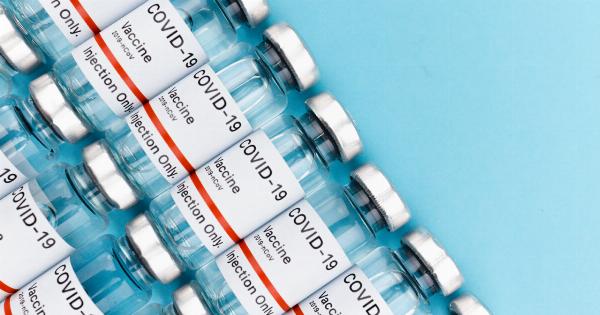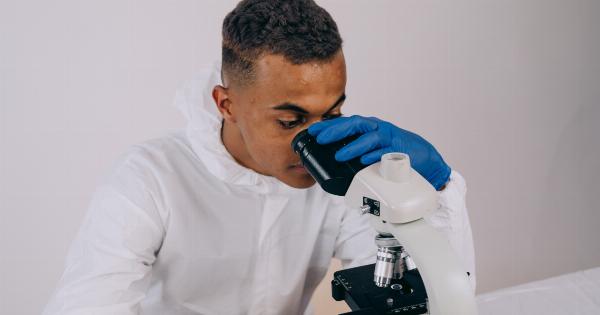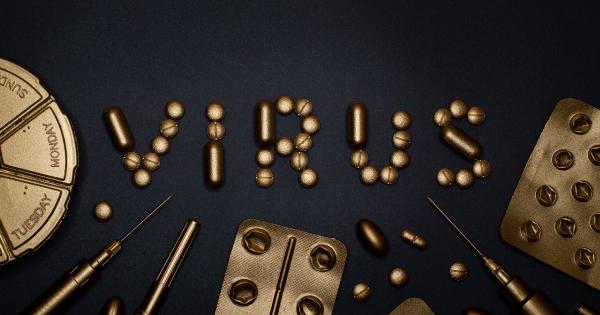Gene editing is a technique that allows scientists to manipulate the DNA sequence of cells in a precise manner.
This technique has revolutionized the field of stem cell research, as it has enabled scientists to control the behavior of stem cells in many different ways. Here are some of the ways gene editing has allowed scientists to control stem cells:.
1. Creating Disease Models
Scientists can use gene editing to manipulate the DNA of stem cells to create disease models.
For example, they can introduce mutations into the DNA of stem cells to create a model of a particular genetic disease, such as cystic fibrosis or Huntington’s disease. These disease models can be used to study the underlying mechanisms of these diseases and to test potential treatments.
2. Inducing Stem Cells to Differentiate into Specific Cell Types
Stem cells have the potential to differentiate into many different cell types, such as neurons, heart cells, and liver cells. By manipulating the DNA of stem cells, scientists can induce them to differentiate into specific cell types.
For example, they can introduce genes that promote the differentiation of stem cells into neurons, thus creating a population of cells that can be used to study neurological diseases.
3. Preventing Stem Cells from Differentiating
Sometimes scientists want to prevent stem cells from differentiating, so that they can maintain their “stemness” and be used to generate more stem cells.
Gene editing can be used to introduce mutations into the DNA of stem cells that prevent them from differentiating. This can be useful for creating a large population of stem cells for research or for therapeutic purposes.
4. Editing Out Disease-Causing Mutations
In some cases, a stem cell might carry a disease-causing mutation that could be passed on if the stem cell were used for transplantation.
Gene editing can be used to remove these disease-causing mutations from the DNA of stem cells, thus creating a population of cells that could be used for transplantation without the risk of passing on the disease.
5. Enhancing Stem Cell Function
Gene editing can also be used to enhance the function of stem cells.
For example, scientists can introduce genes that promote the survival or proliferation of stem cells, thus increasing the number of cells available for research or therapeutic purposes. They can also introduce genes that enhance the ability of stem cells to repair damaged tissues or organs.
6. Creating Customized Stem Cells
By manipulating the DNA of stem cells, scientists can create customized stem cells that are tailored to a particular patient’s needs.
For example, they can introduce genes that make the stem cells resistant to rejection by the patient’s immune system. This could be particularly useful for regenerative medicine, as it would allow doctors to use a patient’s own stem cells for transplantation.
7. Improving the Efficiency of Gene Therapy
Gene therapy is a technique that involves introducing new genes into a patient’s cells to treat a genetic disease.
Gene editing can be used to improve the efficiency of gene therapy by precisely targeting the DNA sequence where the new genes will be inserted. This can increase the effectiveness of the therapy and reduce the risk of unintended side effects.
8. Safety and Ethical Concerns
Despite the many potential applications of gene editing in stem cell research, there are also safety and ethical concerns that need to be considered.
One concern is the potential for off-target effects, where the gene editing tool may unintentionally target other areas of the genome, leading to unintended consequences. Another concern is the potential for the creation of “designer babies,” where parents could use gene editing to select for certain traits in their children.
9. The Future of Gene Editing in Stem Cell Research
Despite the concerns, gene editing is likely to play an increasingly important role in stem cell research in the future.
As the technology improves, it is likely that researchers will be able to precisely control the behavior of stem cells in even more specific and complex ways. This has the potential to greatly advance regenerative medicine and other fields of biomedical research.
10. Conclusion
In conclusion, gene editing has revolutionized the field of stem cell research by allowing scientists to control the behavior of stem cells in many different ways.
By creating disease models, inducing stem cells to differentiate into specific cell types, preventing stem cells from differentiating, editing out disease-causing mutations, enhancing stem cell function, creating customized stem cells, and improving the efficiency of gene therapy, gene editing has opened up many new possibilities in regenerative medicine and other fields of biomedical research.































